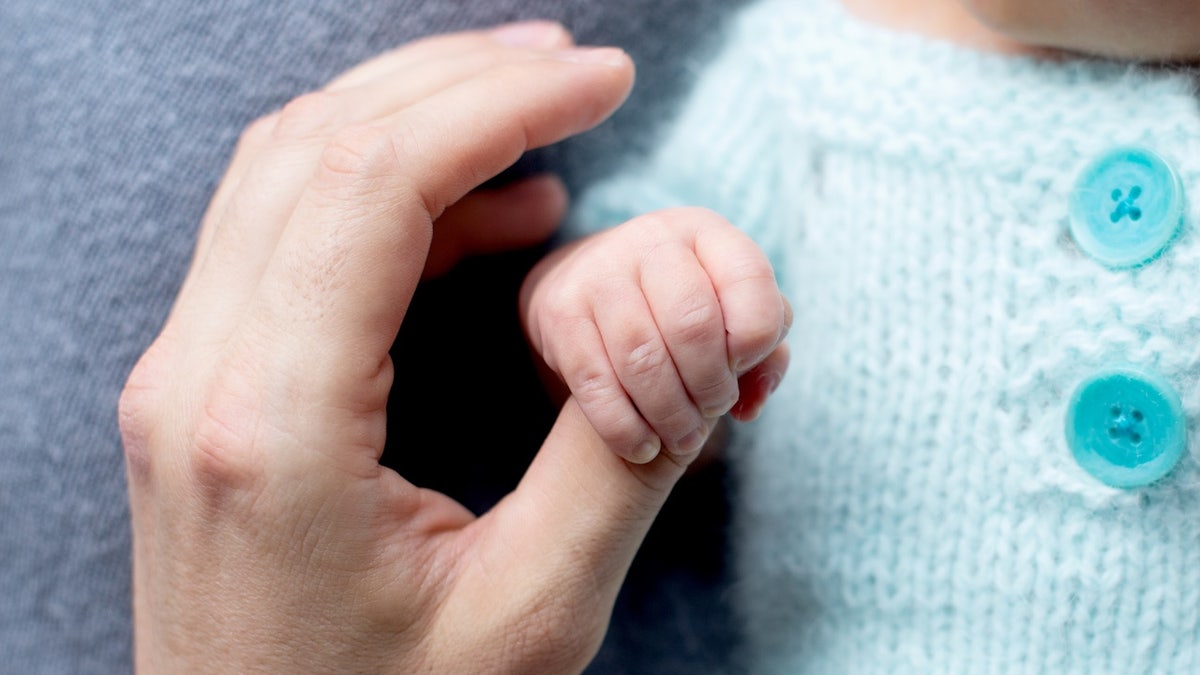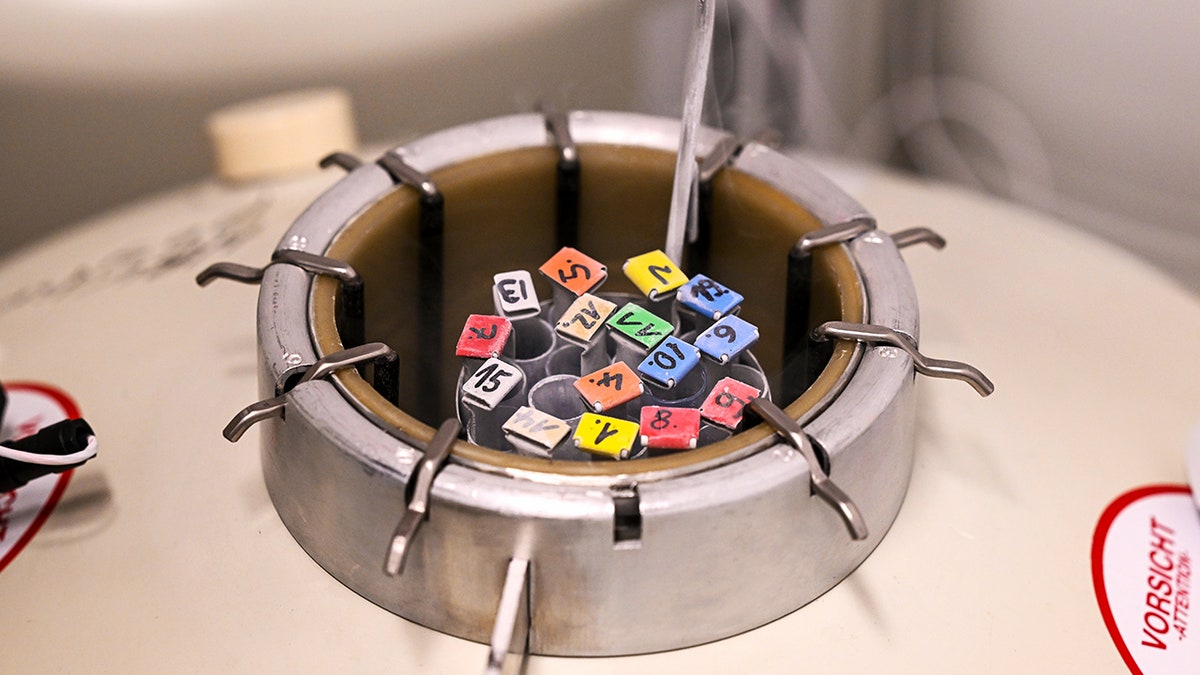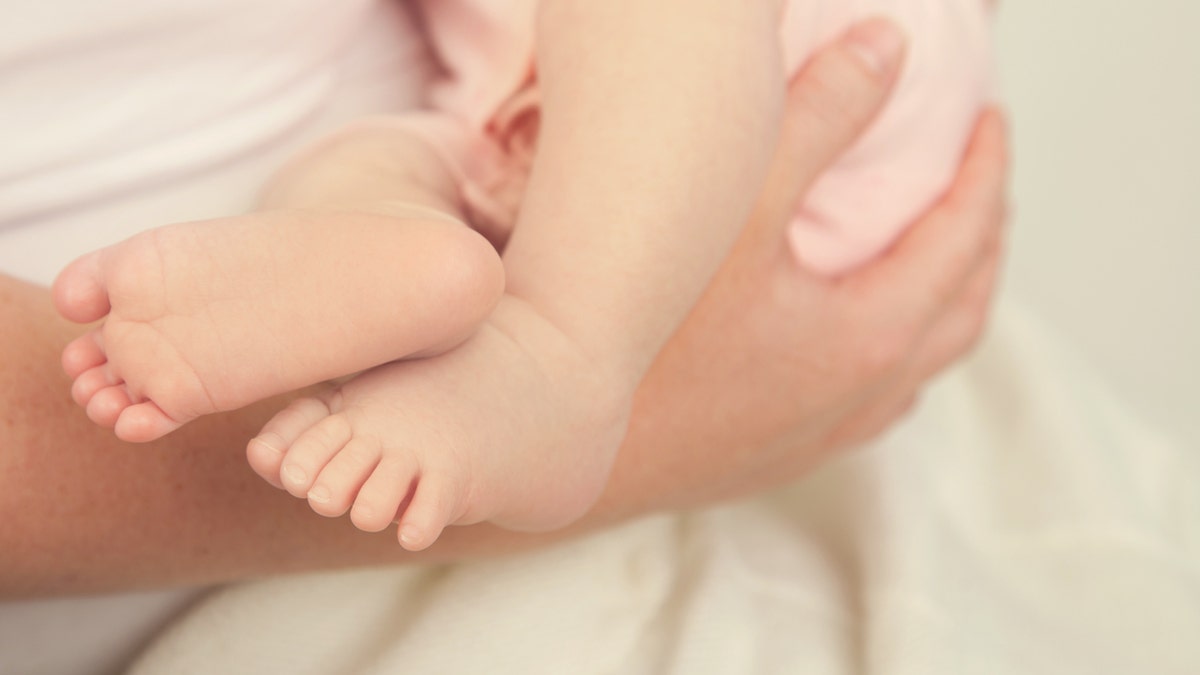Sperm donors with rare cancer mutations are linked to 10 cancer cases in children

Sperm from a single European donor has been reported to have been used to conceive at least 67 pregnancies, although donors carry rare oncogenic mutations.
According to a report by The Guardian, mutations in donors are associated with cancer diagnosis in 10 of these children.
The case was revealed after two families linked their children’s cancer diagnosis to the rare genetic variant TP53.
Men who share an unsettling behavior have a 45% increase in risk of prostate cancer
Mutations in the TP53 gene can lead to Li-Fraumeni syndrome, which increases the risk of cancer. The Cleveland Clinic notes that the disease has a 90% chance of developing some type of cancer at age 60 and a 50% chance by age 40.
European Sperm Bank, a sperm provider, confirmed that the variant is present in some sperm in donors.
Researcher Dr. Edwige Kasper (not shown) advocates for European restrictions on the birth or number of families of individual donors. (iStock)
The Guardian reported that the rare variant “had nothing to do with cancer when it was donated in 2008.”
It is reported that genetic variants will not be detected by standard screening, and donors are said to be in good health.
“The identified mutations are mutations that cannot be detected by the screening method we use according to the regulations.”
Dr. Edwige Kasper, a biologist at the University Hospital of Rouen, France, presented the case last week at the European Society of Human Genetics in Milan, commenting on the European need for the number of births or families of individual donors.
“We can’t do whole-genome sequencing for all sperm donors – I’m not arguing about that,” she told the Guardian. “But it’s an abnormal spread of genetic diseases. Not everyone has 75 children in Europe.”
4 disturbing cancer trends you must know in 2025
Kasper analyzed the mutation in her lab and concluded that it is likely caused by cancer and that the donor’s birth should “receive genetic counseling.”
The study’s shifted survey followed 67 children from 46 families in eight European countries. The children were tested, with 23 variants.
Ten people diagnosed with cancer include leukemia and non-Hodgkin lymphoma.

Donors from eight European countries found 67 children from 46 families. (iStock)
Donor-assisted reproduction “is still a safer option” rather than reproduction without genetic screening, the European Sperm Bank noted in a statement sent to Fox News Digital.
The bank added that sperm donors have a “comprehensive health screening” that includes in-depth medical examinations, a review of donors’ family medical history and “extensive” testing of genetic and infectious diseases.
Click here to get the Fox News app
“However, it is impossible to rule out all risks – in this particular case, the identified mutation is a mutation that cannot be detected by the screening method we use according to the regulations,” the team noted.
Julie Paulli Budtz, Vice President. European Sperm Bank’s Corporate Communications told Fox News Digital that they were “affected by the case”.
Click here to sign up for our health newsletter
“Donors are even beyond the required standards, but preventing genetic screening has reached its limitations,” she said.
“Everyone has about 20,000 genes, and it’s simply impossible to detect mutations that cause disease in one’s gene library if you don’t know what you want.”

Eggs and sperm are stored in liquid nitrogen tanks at the Berlin Fertility Centre. (Jens Kalaene/Picture Alliance by Getty Images)
Butz noted that the European Sperm Bank welcomes the “continuing dialogue” on setting “international binding family restrictions” and they advocate “there are also several parties at the EU level.”
She added: “This is why, in addition to complying with national pregnancy restrictions, we are actively implementing international restrictions for 75 families per donor.”
Knowledge about our Sperm Donation Guide
In the United States, there is no official law that limits how much sperm a person can donate.
However, the American Society of Reproductive Medicine (ASRM) recommends that donors be limited to 25 live births within the area of 800,000 per population.
“Institutions, clinics and sperm banks should maintain sufficient records to allow limits on the number of pregnancy responsible for a given donor,” ASRM noted on its website.
“Limiting donor vials is an important part of the process.”
Cryobank, California, claims to have the largest number of sperm and egg donations in the country, noting on its website that it closely monitors donors to limit the total number of family units to 20 to 30 globally.
“Limiting donor vials is an important part of the process,” the bank noted.

The Federal Drug Administration requires all sperm donors to undergo physical examinations, complete questionnaires, provide medical history, and be screened for infectious diseases in FDA-approved laboratories. (iStock)
The Federal Drug Administration (FDA) requires all sperm donors to undergo a physical examination, complete a questionnaire, provide a medical history, and be screened for infectious diseases in FDA-approved laboratories.
In addition, ASRM recommends donors undergo psychological and genetic screening and recommends infectious disease testing for recipients and recipients’ sexual intimate partners, according to their website.
For more health articles, please visit www.foxnews.com/health
“Legal consultation and law may vary from country to country,” the organization noted.
In the California freezer hangar, donors must be screened for infectious diseases, genetic screening, psychological assessment and criminal background checks, and screened for Zika virus, according to the bank’s website.



